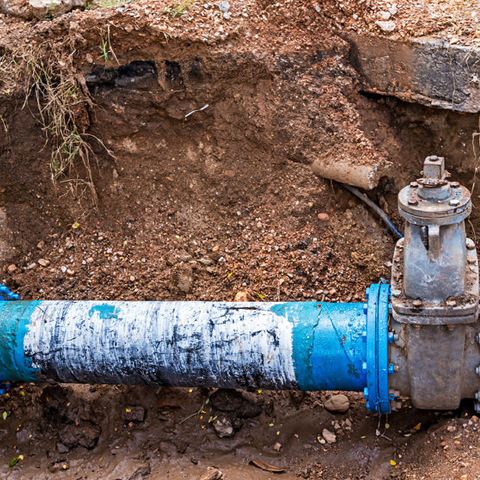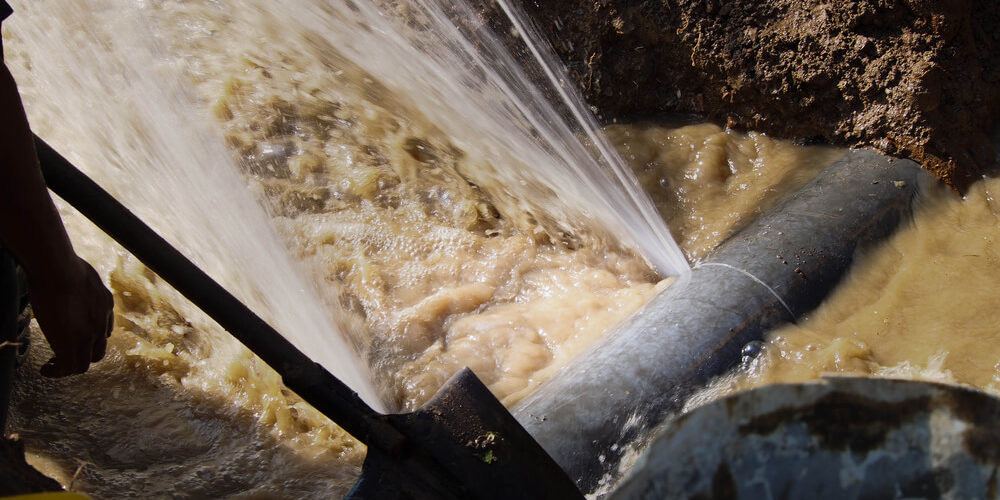Learning About Septic Tank Maintenance: Essential Tips
Learning About Septic Tank Maintenance: Essential Tips
Blog Article
We have uncovered this great article relating to Rules For Handling Water Damage below on the internet and concluded it made perfect sense to share it with you on my blog.

What should you do if a water pipe ruptureds in your residence, producing a mini-waterfall and swamping a location of your house? The longer you wait, the a lot more serious the water damage in your residential or commercial property. For these reasons, you require to discover what to in situation of a burst water pipe.
Shut down the Key Waterline Valve
The first thing you have to do is close the shut-off shutoff. Try to find the regional shut-off valve to turn-off water in one specific location only. You have to turn-off the primary waterline shutoff if you don't know where the localized shut-off shutoff to the component is. This will remove the water in your entire home. Typically, the main shutoff is discovered outside the home next to the water meter. If it's not there, you can additionally discover it in the basement at an eye-level or maybe in the first floor on the ground. Commonly, building contractors however the shut-off valve generally ground level bathroom or appropriate beside it.
Call Water Damage Repair Pros for Help
After closing the water source, call the pros for aid. Because they require to fix the pipes and also address the damages to your building, this is not something you can readily Do it yourself. Look for help from a trusted firm offering 24/7 emergency services. With their specialist aid, you can reduce worsening due to the fact that water can seep with your points causing warped baseboards, loose floor tiles, or damages structure. Do not take this problem lightly as well as look for occupation advice for full peace of mind.
Paper the Damages For Insurance policy
As you are awaiting the pros to get here, record the damages brought on by the wayward pipeline. Take photos as well as video clips of every little thing. Do closeup shots of valuables. These things will serve as proof for your home owner's insurance policy. Remaining positive with this enables you to file a claim for coverage, which will certainly aid you and also your household return on your feet.
Recover Things That Can Be Saved
Peruse the things and also take out the most vital ones from the pile when you're done taking pictures. Dry them off and attempt to maintain as long as you can. Drag them away from moisture so they can begin to dry.
Begin the Drying Process
While waiting for the pros, you can begin the drying out procedure. Luckily, water from your waterlines are clean so you don't need to fret about drain water. However, the moving water might have disrupted the dust and also particles in your floorboards and also rugs. Be prepared with handwear covers as you utilize buckets to discard out the water. Blot out as much as you can with old towels. You can additionally switch on an electric follower or open windows to advertise air flow. This will certainly speed up drying out as well as hinder mold and also mildew development.
Professionals are the only ones certified to deal with the burs pipes and succeeding damages. You will normally see red flags like gurgling paint, unusual noises in the plumbing, musty odor, caving ceiling, peeling wallpaper, or water spots.
What should you do if a water pipe ruptureds in your home, developing a mini-waterfall and also swamping a location of your residence? For these reasons, you need to learn what to in case of a burst water pipe. After shutting the water source, call the pros for help. With their expert help, you can reduce exacerbation since water can leak with your things resulting in distorted baseboards, loose ceramic tiles, or damage structure. Fortunately, water from your waterlines are clean so you don't have to worry about sewer water.
How to Handle a Burst Pipe and Minimize Damage
Steps to Take Ahead of Time
If you own property in an area that experiences cold weather, you need to be aware of seasonal maintenance tasks that will help you protect your property as the weather changes each year. One of the most important steps is to winterize your pipes to ensure they won't freeze or burst when the temperature drops. This includes action items like insulating any exposed pipes, detaching garden hoses and covering outdoor faucets. If the weather gets cold enough, you may even consider leaving a faucet dripping or opening cabinet doors during the coldest parts of the day.
No matter how prepared you might be, accidents and emergencies still happen. You'd be wise to set up a savings account specifically for your property so you have a "rainy day" fund set aside for unexpected expenses. All homes—regardless of age, location or condition—will inevitably need some form of emergency repair.
Steps to Take for Frozen Pipes
A frozen pipe will not necessarily burst, so if you can catch a frozen pipe early on, you could save yourself a major headache. When your area experiences frigid temperatures, be sure to check your plumbing and keep an eye out for warning signs like faucets only releasing small amounts of water or toilets not refilling when flushed. If you do run into one of these issues, you're likely dealing with a frozen pipe.
If this happens, your first step should be to cut off the water supply to that section of the plumbing. Expanding and freezing water can quickly cause damage. Even if the water supply is shut off, you will likely still deal with some leaking from the water that defrosts after the pipe has thawed. Be prepared with a mop, bucket and/or towels to quickly soak up any excess water.
In order to thaw a frozen pipe, you can use a space heater, infrared or incandescent heat lamp, or even a hairdryer to warm up the frozen area. Heat tape is also an option and should be used according to manufacturer instructions. Do not use any sort of open flame to thaw frozen pipes, as it poses a major fire hazard and can damage your pipes further.
Steps to Take for a Burst Pipe
Water damage claims are the second most common insurance claim in the U.S. When you're dealing with a frozen pipe, the water continues to expand as it freezes, which creates pressure that can cause a pipe to burst. When this happens, the crack or leak in the pipe allows water flow from the pipe to enter your home where it shouldn't. If a pipe does burst, you need to act quickly to mitigate property damage and repair cost.
Your very first step should be to shut off your main water supply to minimize flooding—typically the most expensive damage to address. Once you've shut off the water supply, make sure you identify the entire area that has been impacted by the leak. Remove as much water as possible—as quickly as possible—using a mop, sponges, towels or a shop vacuum or wet/dry vacuum. To prevent long-term damage due to moisture build-up, run a dehumidifier or fan in the affected area. Contact a licensed plumber to ensure the pipe is correctly repaired before running any water to that section of the home again. Burst pipes and the associated water damage are something you absolutely want to avoid as a property owner. If you've had to learn your lesson the hard way, don't let yourself get caught in a similar situation during the next spell of cold weather. The best way to deal with frozen or burst pipes is to prevent them in the first place—proactive winter maintenance will save you time, money and a whole lot of stress.

Hopefully you enjoyed reading our part on Quick Tips To Help Deal With Water Damage. Thanks so much for taking time to read our article. Sharing is caring. Helping others is fun. We value reading our article about Water Damage Restoration Do’s And Don’t.
Report this page